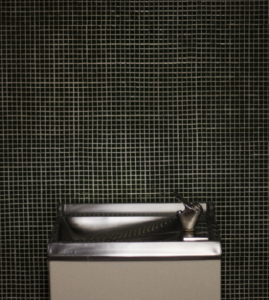It’s not just Flint.
The recent Flint, Michigan water crisis has cast a spotlight on the nation’s aging water pipeline infrastructure today. Lead pipes are still prevalent throughout the Northeast and Midwest regions of the United States. In fact, the American Water Works Association, estimates there are roughly six million American homes, buildings and schools receiving water from service lines that are at least partially lead.
Up until the 1980’s, lead was primarily being used as a plumbing material because of its malleability and resistance to pinhole leaks. It was later made public that lead was a hazardous substance, causing health issues, such as neurological damage, slowed physical growth and hearing difficulties. In 1986, Ronald Reagan signed the amendments to the Safe Water Drinking Act that prohibited the use of lead solders, fluxes and pipes in the use of public water systems in the United States.
The Flint, Michigan water crisis reveals the possibility that this public health issue could happen in other U.S. cities.
 Recently, the Jersey City Public School District discovered lead contamination in some of their drinking fountains. As discussed in our blog post, children are at the greatest risk for developing lead poisoning. The Environmental Protection Agency estimates there are about 90,000 public schools not regulated under the Safe Water Act because they depend on water from municipal utilities, which are expected to test their own water. However, without proper treatment and monitoring, the water can become contaminated after leaving the plant and coming into contact with lead plumbing material, such as pipes, water cooler linings and fountain taps.
Recently, the Jersey City Public School District discovered lead contamination in some of their drinking fountains. As discussed in our blog post, children are at the greatest risk for developing lead poisoning. The Environmental Protection Agency estimates there are about 90,000 public schools not regulated under the Safe Water Act because they depend on water from municipal utilities, which are expected to test their own water. However, without proper treatment and monitoring, the water can become contaminated after leaving the plant and coming into contact with lead plumbing material, such as pipes, water cooler linings and fountain taps.
Schools and homes built before the 1986 Amendment pose the greatest threat for lead exposure. If utilities do not carefully monitor the water supply, lead can leach from our plumbing systems and the Flint, Michigan crisis could occur anywhere.






